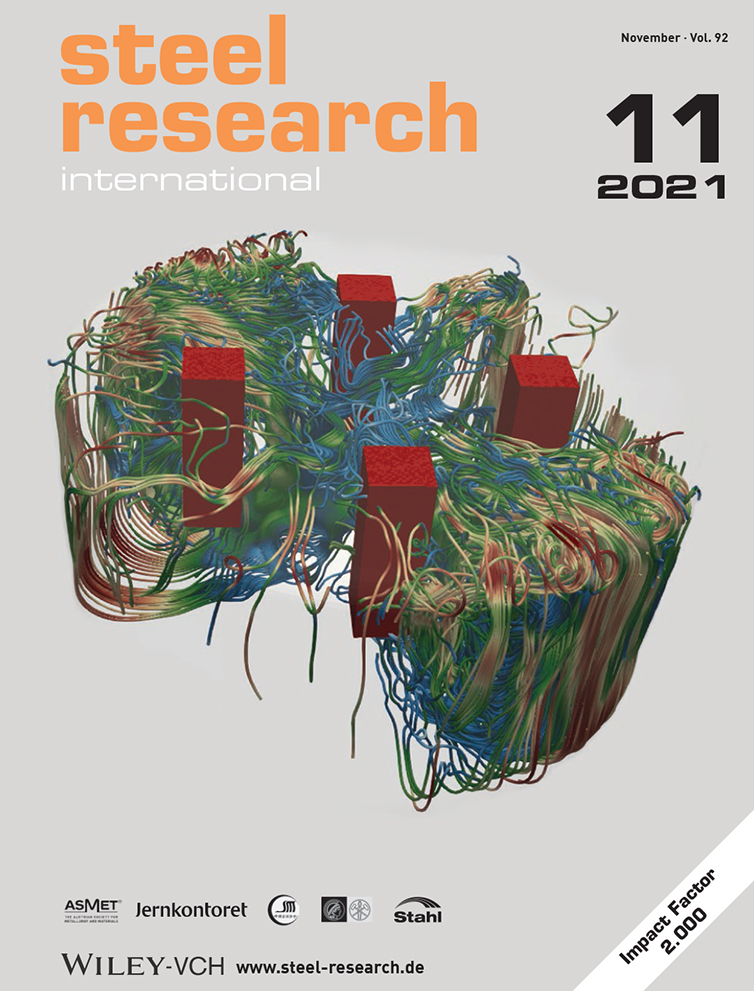Effect of Shot Peening on Microstructures and High-Temperature Tribological Properties of 4Cr9Si2 Valve Steel
Abstract
Herein, shot peening (SP) using different parameters is performed on 4Cr9Si2 martensite engine valve steel at elevated temperatures. The microstructure of the modified layer is characterized via optical microscopy (OM), transmission electron microscopy (TEM), and X-ray diffraction (XRD). High-temperature wear tests are performed under dry sliding conditions at 450 °C using a pin-on-disc wear tester, and the worn surface is evaluated via scanning electron microscopy (SEM) and energy-dispersive spectroscopy (EDS). The results show that SP refines the grains on the top surface to 19.8 nm and yields numerous dislocations. Meanwhile, the compressive residual stress and microhardness of the treated surface increase to −575 MPa and 486.33 HV0.2, respectively. At elevated temperatures, the increase in hardness provides resistance to plastic deformation and improves the performance of the oxide film. Compared with an untreated sample, sample SP4 shows a 65.23% decrease in wear rate and its wear resistance improves significantly at elevated temperatures. In addition, the wear mechanisms of SP-treated samples are primarily oxidation wear and delamination.
Conflict of Interest
The authors declare no conflict of interest.
Open Research
Research data are not shared.




